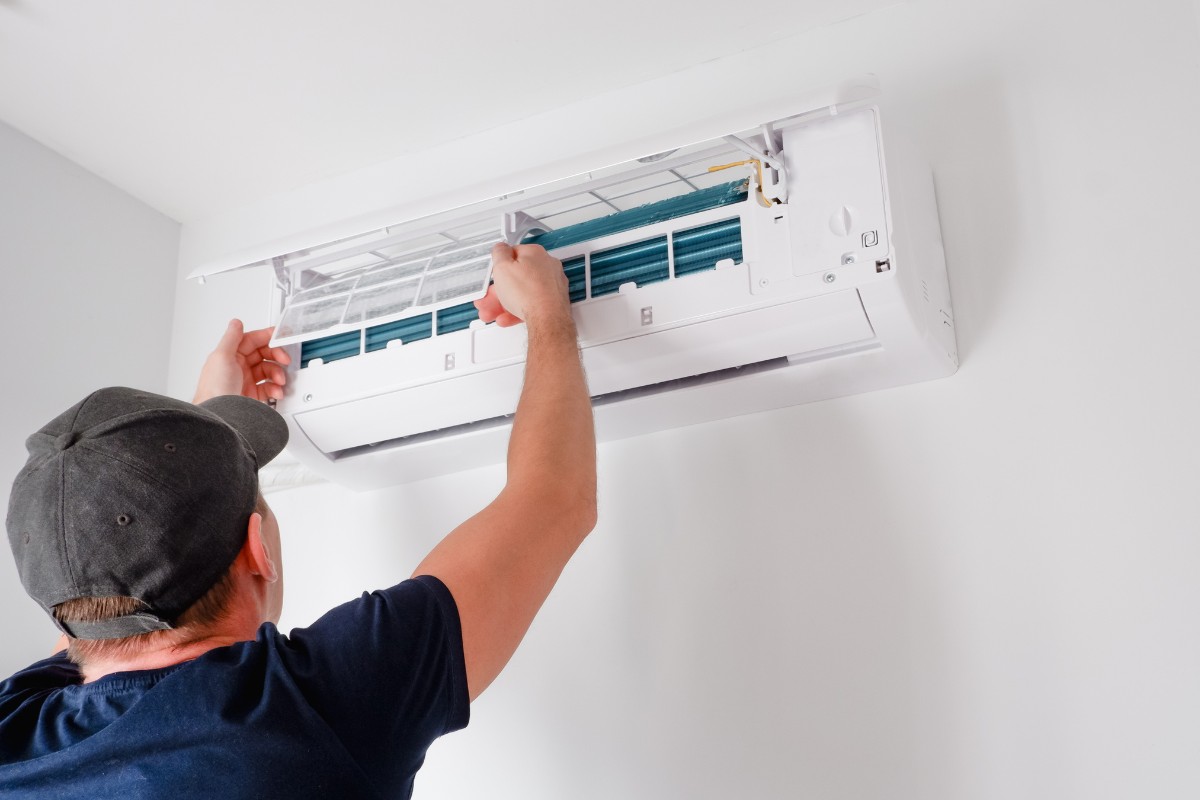What are Shunted Sockets
Shunted sockets are lamp holders or sockets that have internally connected electrical contacts. These sockets are designed to receive voltage through a single set of wires and spread it to two contacts. The electrical current runs on a single track from the ballast, through the socket, and then to the lamp’s pins.
To put it simply, shunted sockets can be thought of as connected sockets. They provide a single path for the electrical current to flow through, ensuring that the voltage is evenly distributed to both contacts.
Inspirujte se portfoliem pohybových senzorů Rayzeek.
Nenašli jste to, co jste chtěli? Nebojte se. Vždy existují alternativní způsoby řešení vašich problémů. Možná vám pomůže některé z našich portfolií.
Shunted sockets are commonly used in lighting fixtures that require multiple lamps to be connected in parallel. These sockets simplify the wiring process by eliminating the need for separate wiring connections for each lamp. Instead, the current flows through a single path, ensuring that all the lamps receive the same amount of electrical current. They provide a common connection point for the electrical current to flow through all the lamps simultaneously. This allows for efficient and uniform distribution of electricity to all the lamps in the fixture.
Non-shunted sockets have voltage received on every point of contact, and the current flows through multiple paths. These sockets are typically used in fixtures that require individual control or separate wiring for each lamp. Non-shunted sockets allow for independent operation of each lamp, enabling different lamps to be turned on or off individually.
Hledáte řešení úspory energie aktivované pohybem?
Obraťte se na nás pro kompletní PIR senzory pohybu, produkty pro úsporu energie aktivované pohybem, spínače se senzorem pohybu a komerční řešení pro detekci přítomnosti/volnosti.









